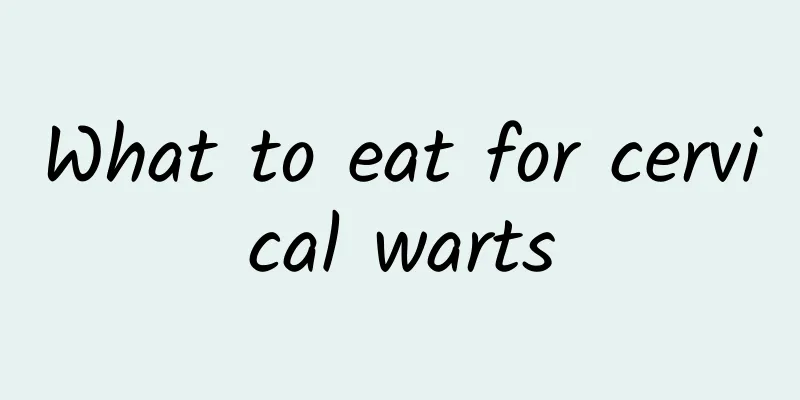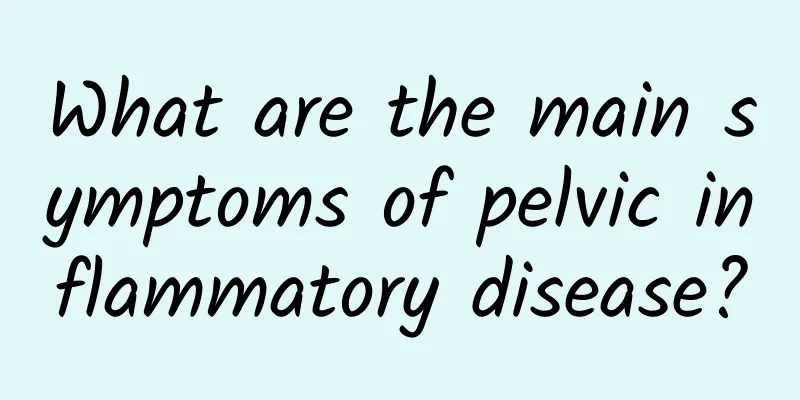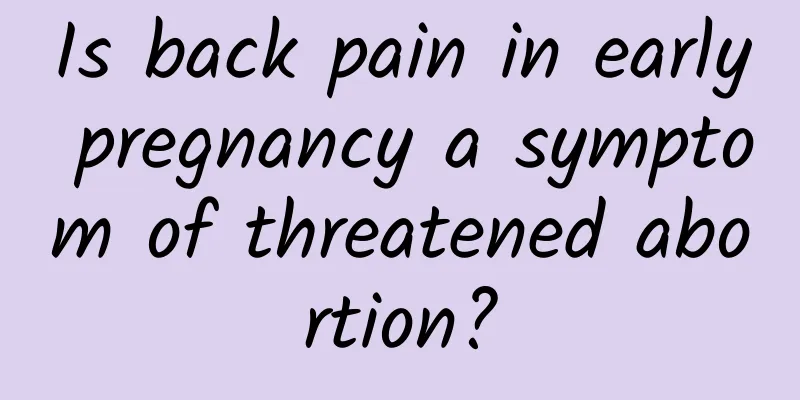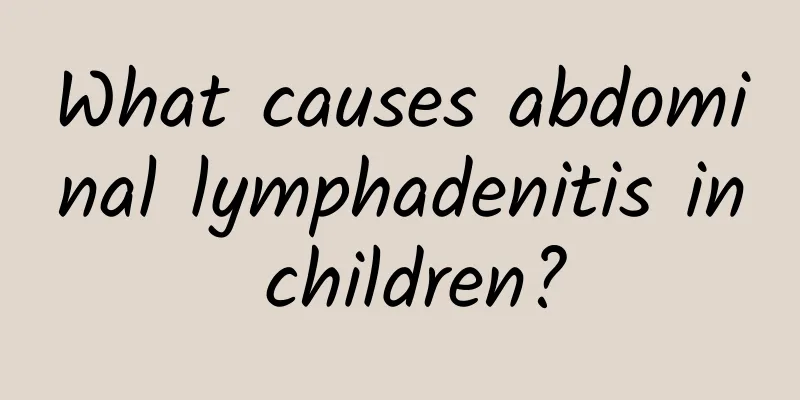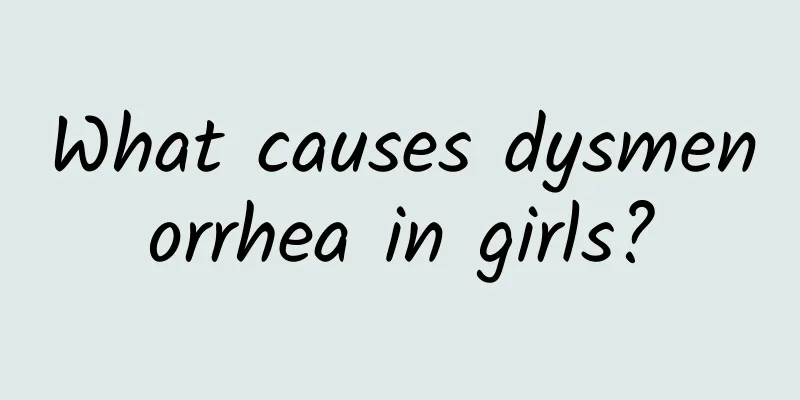What is a female ovarian cyst
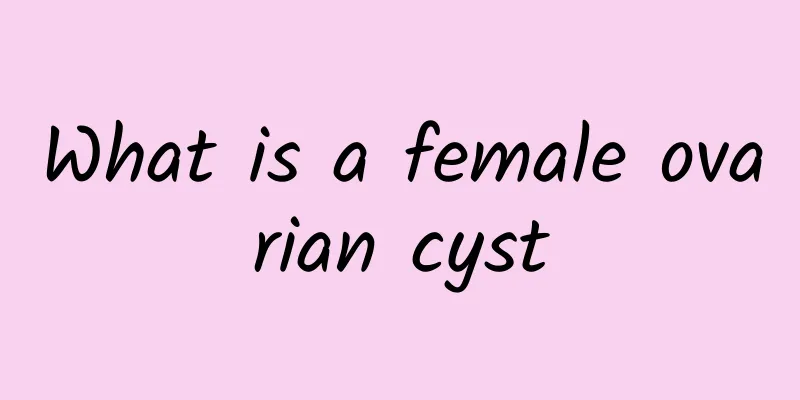
|
We know that the ovaries are located in the lower abdomen of women, and these two small organs hold eggs for women. As the egg grows in the ovaries, it matures and is released through the fallopian tubes during ovulation. Experts say that if the follicles in the female ovaries do not release eggs during ovulation, the fluid-filled follicles in the female ovaries can become ovarian cysts. A woman may develop multiple ovarian cysts at the same time, and they can be as small as a sesame seed or as large as a watermelon. The main types of ovarian cysts in women are functional cysts, endometritis cysts, skin cysts, serous cysts, and mucinous cysts. What is an ovarian cyst? 1. Serous cyst (fluid cyst) Serous cysts (fluid cysts) contain purulent fluid and may become cancerous. 2. Mucinous cyst Mucinous cysts contain sticky fluid and can also become cancerous. Symptoms: Functional cysts, skin cysts, serous cysts, and mucinous cysts usually have no symptoms. If the cyst is large, it may cause pain or swelling in the lower abdomen or the patient's back. The cyst can also squeeze the bladder, causing frequent urination or difficulty urinating. The cyst may even develop complications, become infected, deform, bleed, or rupture. These symptoms may cause nausea, vomiting, fever, and severe abdominal pain, and the cyst must be removed immediately. This type of cyst sometimes becomes cancerous. Ovarian cancer usually has no symptoms in the early stages, except for feeling anorexia, weight loss, and abdominal swelling. Later, edema may appear in the abdomen and limbs. 3. Functional cysts Functional cysts are very common in women of childbearing age. Ovarian follicles do not mature and become cysts, but such cysts usually disappear when menstruation comes. Therefore, it is important to check for cysts with ultrasound during or just after menstruation. Women who are menopausal or postmenopausal will not have functional cysts. 4. Endometritis cyst Endometriosis cysts contain clotted blood and are chocolate-colored, so they are often called chocolate cysts. This type of cyst is more common in women with endometriosis and is a serious case. The cyst grows over time, causing severe pain and cramping in the abdomen during menstruation, as well as pain in the house. Once it breaks out, the result is like appendicitis (cecal ulcer), and surgery must be performed quickly. Cases of endometriosis cysts are very rare. 5. Skin cysts (hair follicles) Skin cysts (hair follicles) are usually benign (i.e. non-cancerous). The cysts often contain fat-like fluid mixed with hair, teeth, bones, etc. They are usually small in size and do not cause any symptoms. However, if the cysts become larger, they may cause complications. The above is an introduction to "What is an ovarian cyst" to remind female friends that long-term dietary structure, bad living habits, excessive psychological stress and other factors will lead to excessive acidification of the human body, which will have a negative impact on the overall function of the human body and cause kidney deficiency. The liver and kidney are homologous, and the liver of the kidney with ovarian cysts is also weak, which leads to a slowdown in the metabolic cycle of the lower coke, causing ovarian diseases and endocrine disorders, and a decline in immune function, which develops into abnormal proliferation of ovarian tissue, and ultimately leads to ovarian cysts and even cancer. |
<<: What are the clinical treatment options for ovarian cysts?
>>: What are the complications of ovarian cysts?
Recommend
Are you doing the right thing to lose weight? 5 misconceptions that you must know!
The Internet is full of information, but it is fu...
Vivian Hsu's 4-point weight loss expert: unhealthy
Vivian Hsu, 38 years old this year, has been in t...
Poor circulation type obesity drink fat-reducing and blood-stasis-removing tea
"Doctor, I don't eat much and I exercise...
Tuberculous pelvic inflammatory disease may cause lower abdominal pain
Tuberculous pelvic inflammatory disease may cause...
Can I take amoxicillin after a miscarriage? It depends on my physical condition.
Pregnancy and childbirth are a big challenge for ...
A brief discussion on the dietary considerations for multiple uterine fibroids
According to recent surveys and studies, the numb...
What causes pelvic inflammatory disease
What causes pelvic inflammatory disease? Pelvic i...
What is pelvic inflammatory disease
What is pelvic inflammatory disease? Pelvic infla...
How to abort a month after pregnancy? There are these methods
Some female friends get pregnant unexpectedly one...
What should I do if I have cervical bleeding? How can I treat it?
Many women with cervical inflammation will have s...
Causes of premature ovarian failure in women
Causes of premature ovarian failure in women: Pre...
What medicine can amenorrhea
Amenorrhea is a problem that many women struggle ...
What are the symptoms of pelvic inflammatory disease?
Everyone should know that pelvic inflammatory dis...
How is the effect of traditional Chinese medicine moxibustion in treating chronic cervicitis? Detailed explanation of the method of moxibustion in treating chronic cervicitis
Chronic cervicitis is a common gynecological dise...
How to treat cervical erosion in women? How to treat cervical erosion? What does the doctor say?
1. I have dichorionic and diamniotic twins. Can I...



